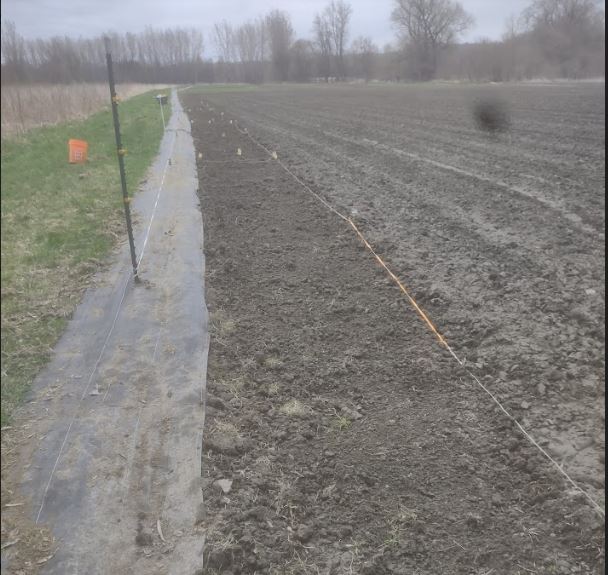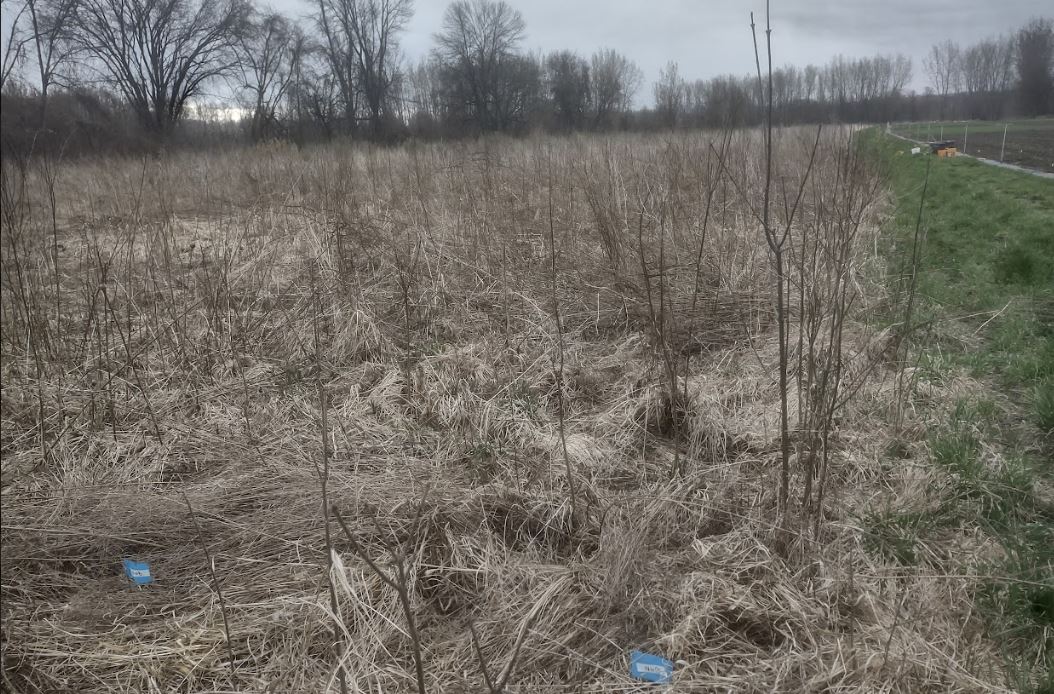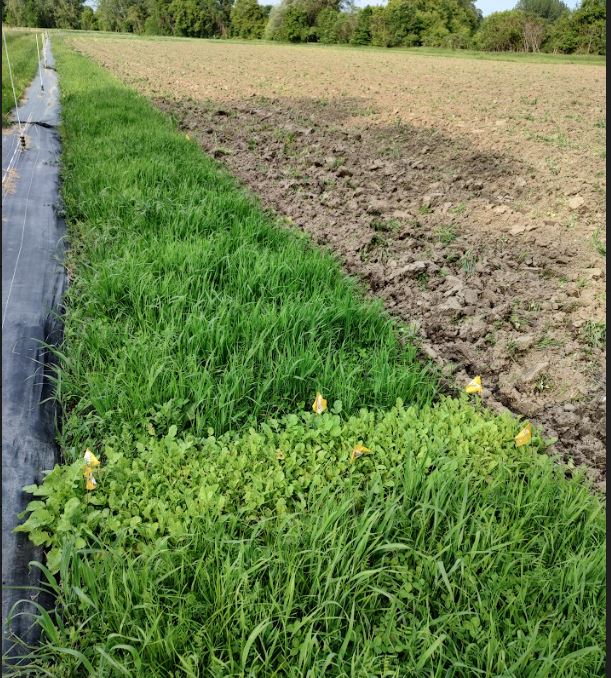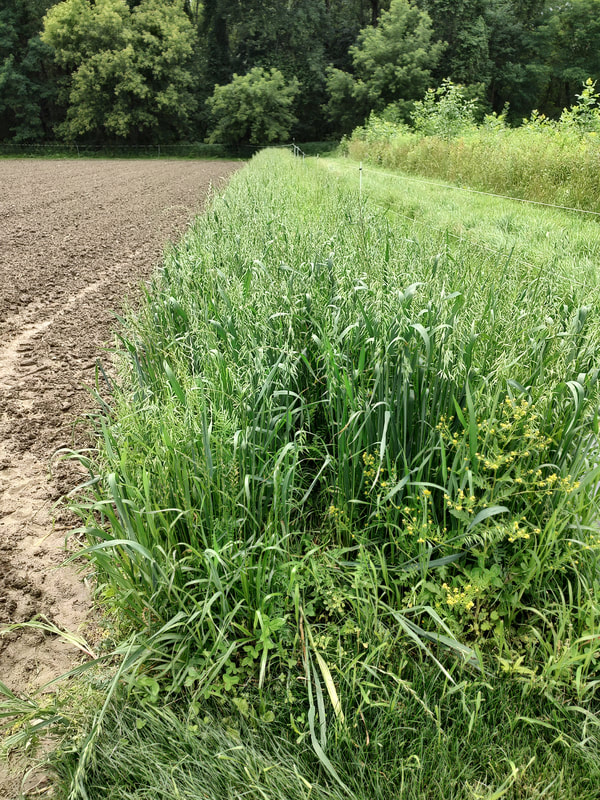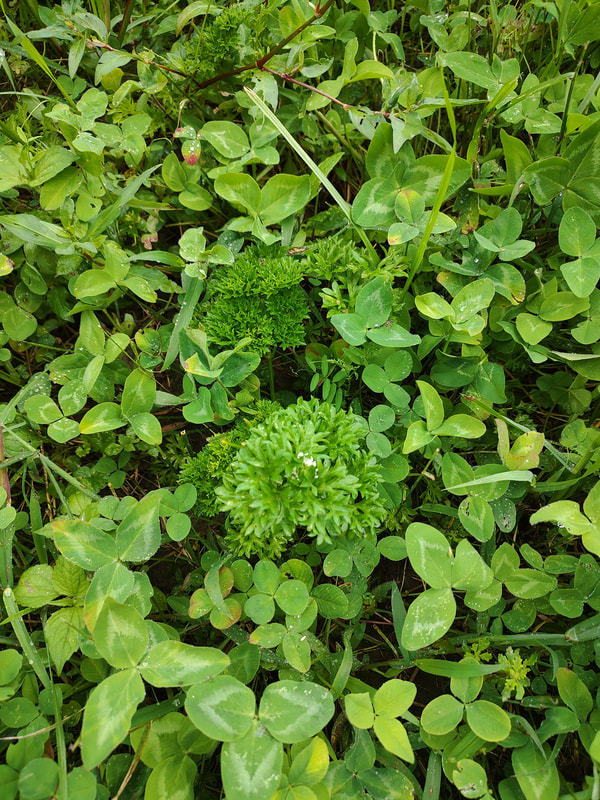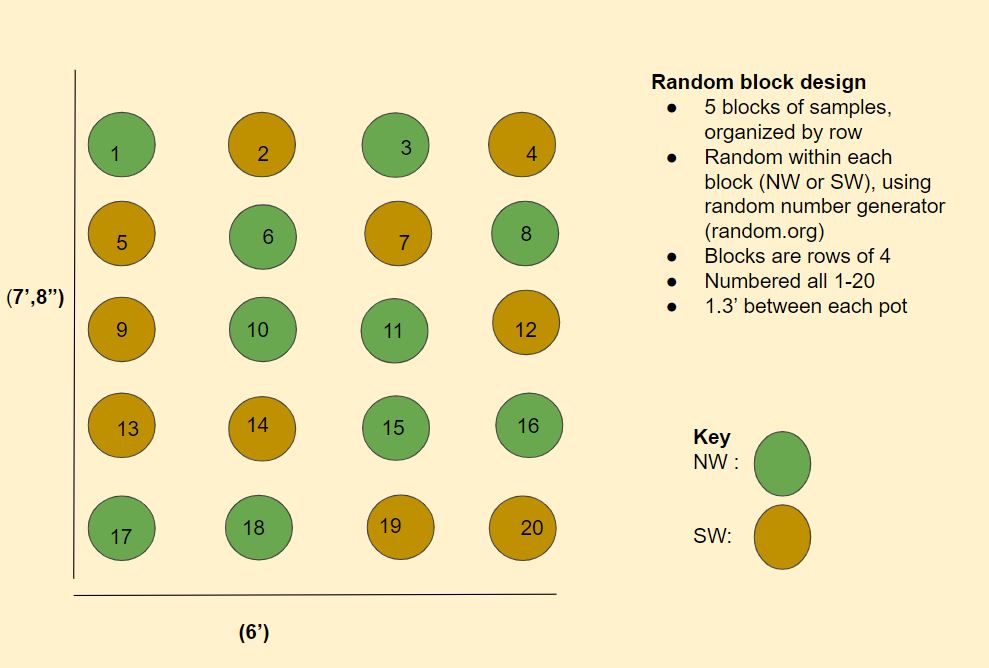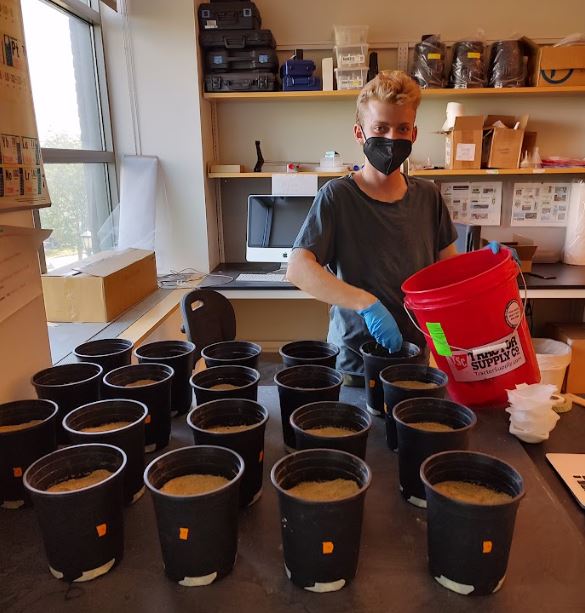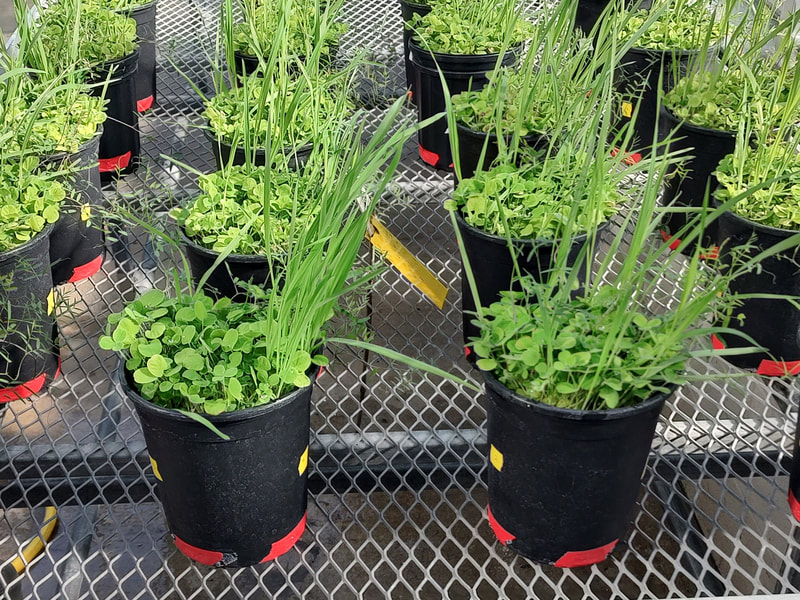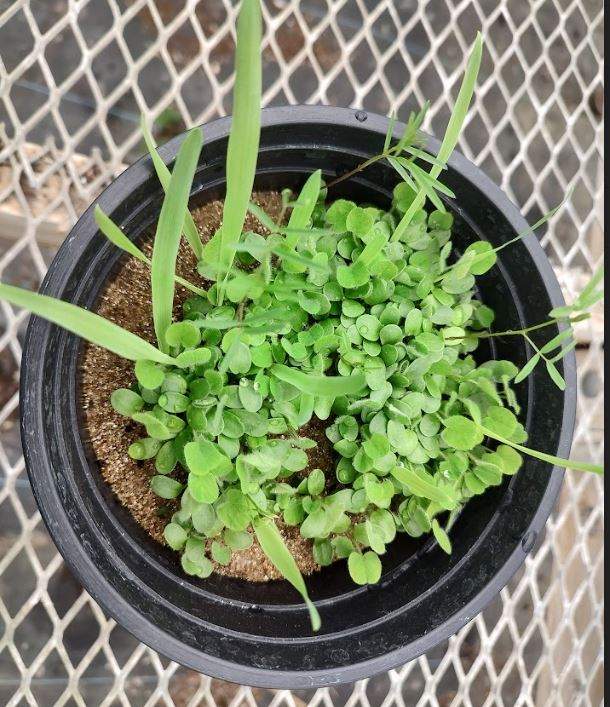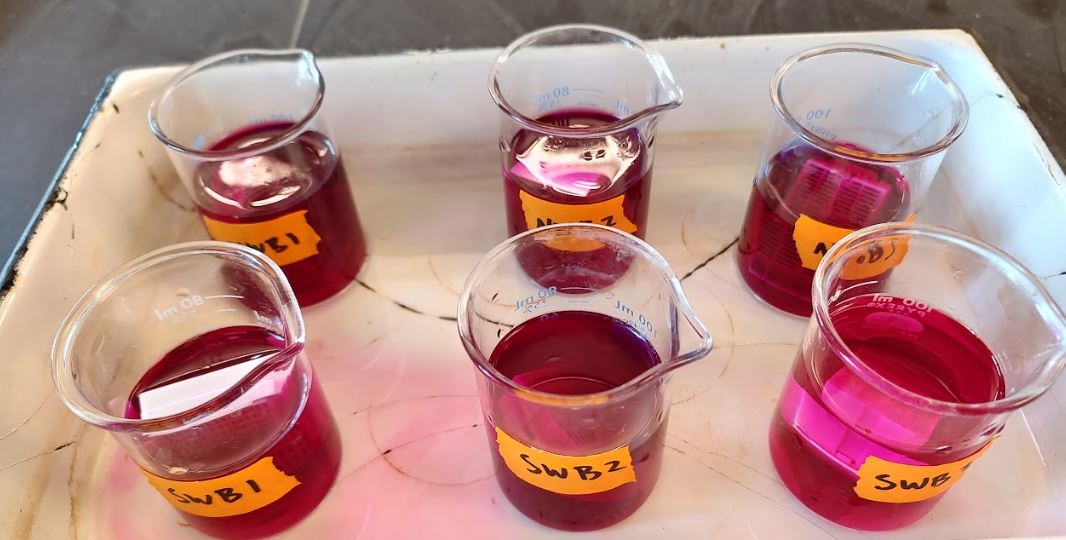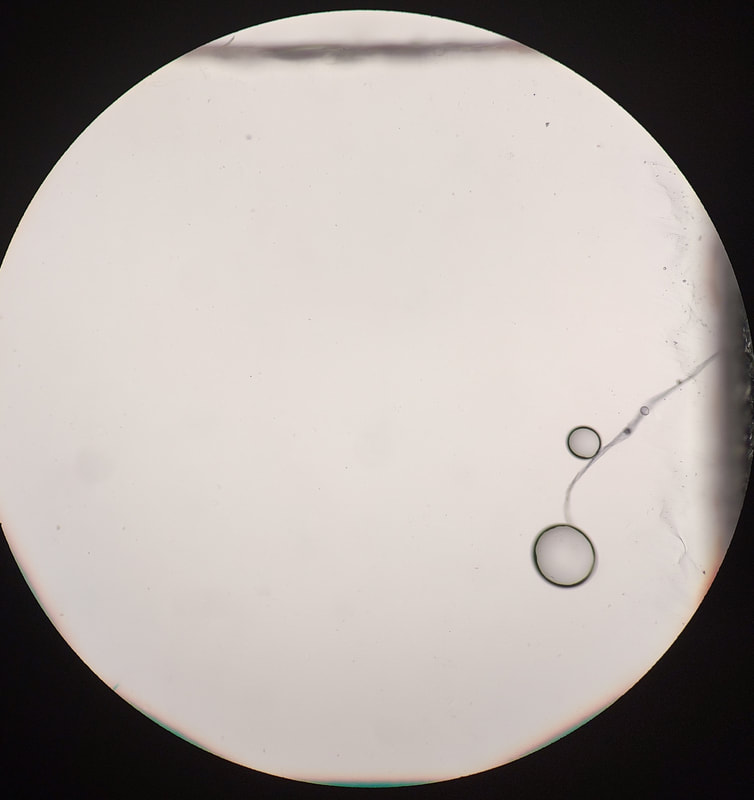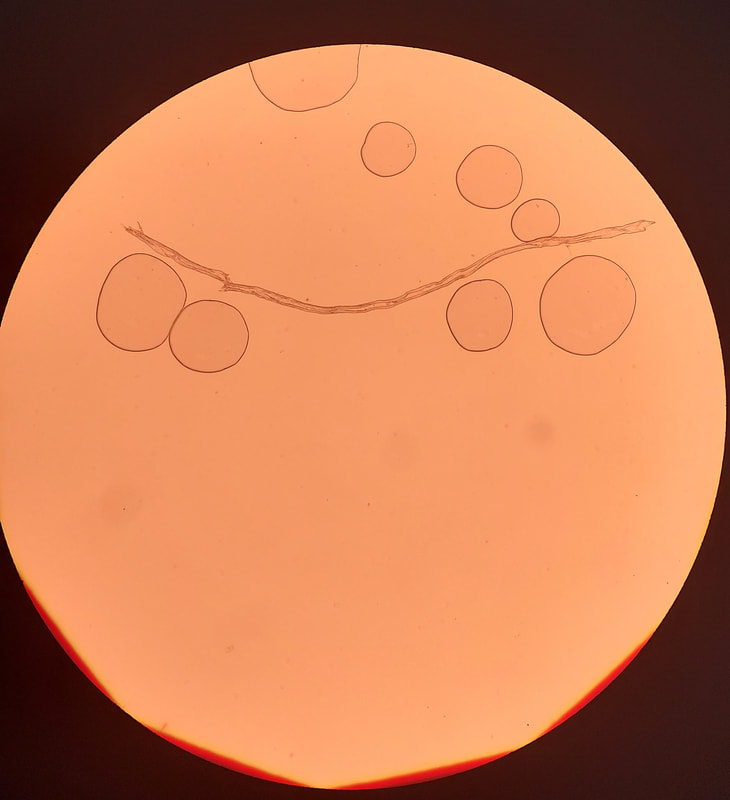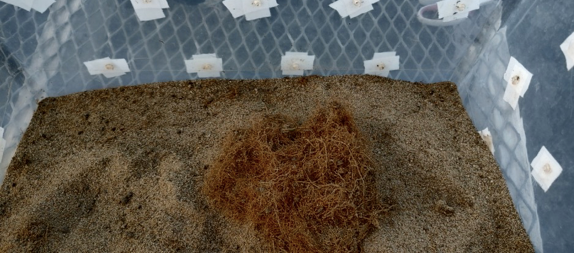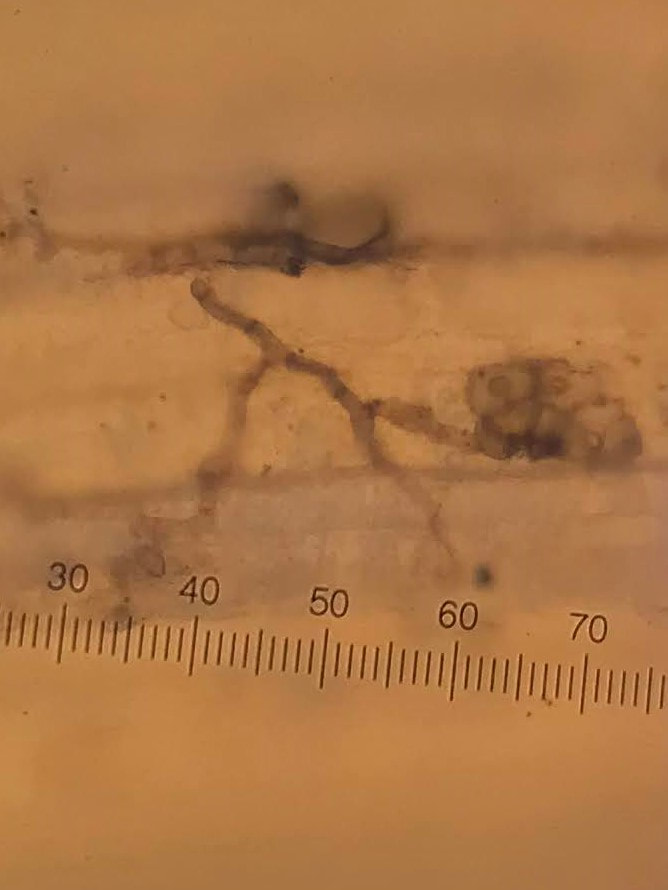"Mycorrhizal Banks to Enhance Vegetable Yield and Reduce Water Quality Impairment by Mitigating Excessive Soil Phosphorus."
|
To the right are photos from 2022 field season: field research design, edge of field bank, , grown out field bank edges with radish strips to separate plots, covercrop field banks inoculated & uninoculated before scything with a radish strip, after covercrops were scythed and parsley planted, Greenhouse Inoculum growing design, Luca setting up pot cultures, week 2 pot culture growth, mycorrhizal root dying for colonization analysis, wild , & mycorrhizal spores we were able to extract from the soil & an arbuscule under 10x microscope lens.
Objectives of Year 1 study were to:
|
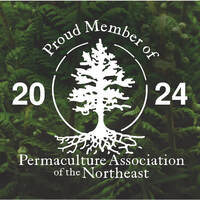
yepeth@gmail.com
MycoEvolve FB
https://www.instagram.com/rootsandtrails_mycoevolve/
©2024 MycoEvolve; DBA of Roots and Trails L3C

